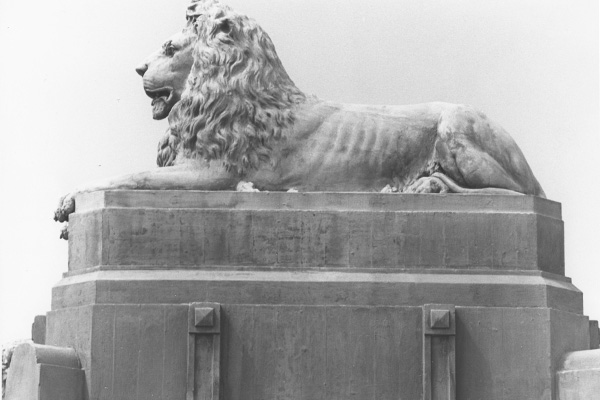Building Bridges
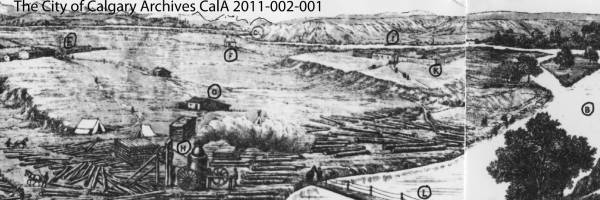
Bridging the gaps
Crossing the waterways of Calgary has been a concern for citizens and Council with our vast rivers. The issue first arose during the construction of Calgary’s first bridge in 1882. Discover the steps to creating some of Calgary’s most notable bridges.
In the early years, private citizens covered the payment of the first bridges in Calgary. They had a need to access commercial areas from their lands.
As urban planning developed in the early 1900s, local governments became involved in bridge-building efforts. When regional commerce became a concern, the Federal and Provincial Governments began funding bridge construction. Today, The City is the sole source of financing bridge structures through taxes and borrowing bylaws.
Once a bridge location is secure, and the financing is in place— the real work begins.
The first step is conducting of surveys and inspections among surrounding areas. This ensures the foundation is safe to proceed. The City may need to purchase or trade land for bridge approval, which could involve moving houses or uprooting businesses.
Next, is a tendering process for the contract to build the bridge. This process involves engineering specific design details and preparing blueprints. Along with other tasks which involve checking references and paying royalties on patents, tariffs, and sales tax. Next, ensuring utility and communication lines are active. Final steps include setting up insurance, transportation infrastructure, lighting, sidewalk.
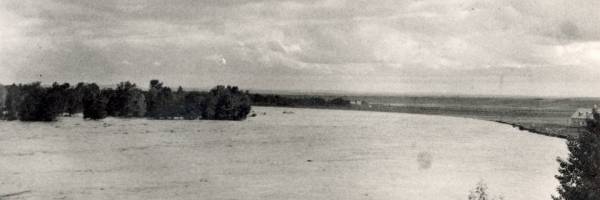
Land acknowledgement
Located where the Bow River meets the Elbow River, The City of Calgary is called Mohkinsstsis by the Blackfoot, as well as Wîchîspa Oyade by the Stoney Nakoda, and Guts’ists’i by the Tsuut’ina Nation. Calgary’s rivers are essential to our city.
This place has long been more than a meeting place of the rivers, but also a sacred place where Indigenous peoples have gathered. It sits within the traditional and ancestral territories of the Niitsitapi from the Blackfoot Confederacy, including the Siksika, Piikani, Kainai, and Amskapi Piikani First Nations; the Îyârhe Nakoda of the Chiniki, Bearspaw, and Goodstoney First Nations; and the Dene of the Tsuut’ina First Nation. Southern Alberta is also home to the Métis Nation of Alberta, Region 3.
Colonial settlers not only displaced the original residents of this land from their rightful home, but also caused immeasurable harm to Indigenous communities and their traditional ways of life.
Just as Calgarian residents of the past built bridges to connect communities divided by the rivers, The Archives hope that The City of Calgary’s Truth and Reconciliation initiatives will help build bridges to a better future.
Historic bridges in Calgary
Railway
Railway
Canadian Pacific Railway Bridge, ca. 1887
The Canadian Pacific Railway (CPR) officially arrived in Calgary on August 11th, 1883. A railway bridge across the Bow River was complete one day. The day after, construction began on a bridge across the Elbow River.

The Canadian Northern Railway Bridge during the June 26, 1915, flood
A bridge over the Elbow River at 19th Avenue and 1st Street SW was built between 1910 and 1911. The purpose was to connect the Canadian Northern Railway yard to the new train station in St. Mary’s Hall. This bridge was replaced in 1913, and was later converted to a pedestrian bridge in 1999.
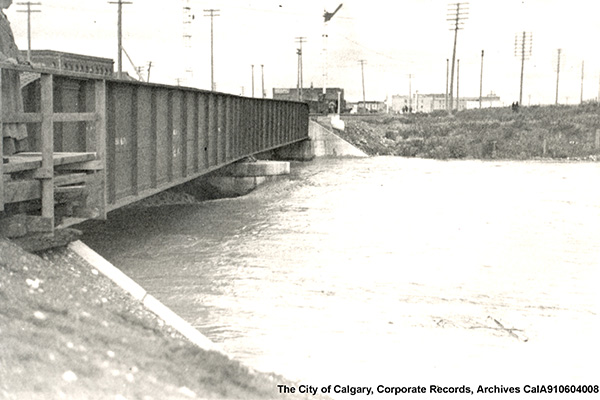
The Canadian Northern Railway comes to town
The Canadian Northern Railway (CNoR) was established in Manitoba in 1899. In 1910, the CNoR arrived in Calgary and began a rail yard where Lindsay Park is today.
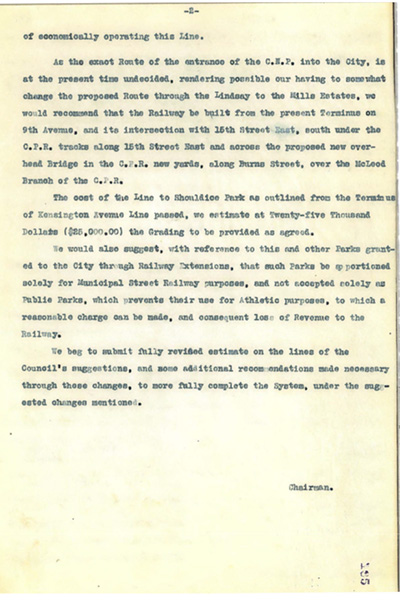
Railway Bridges ca. 1975
See the Canadian National (CN) Railway Freight Yard in the centre of the image. This was once the site of Fort Calgary, then, later, Grand Trunk Pacific Railway terminus. St. Patrick’s Island is in the background, with the 9th Avenue Bridge and a Canadian Pacific Railway bridge in the foreground at right.
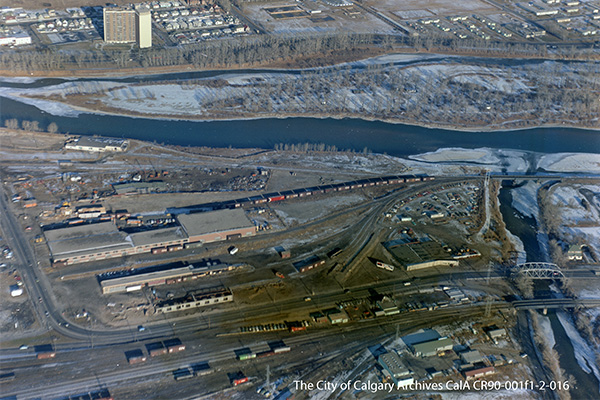
9th Avenue
9th Avenue
Calgary’s first traffic bridge, 1884
The East Elbow Bridge, also known as the Barracks Bridge, was constructed of wood. It was located at a site near the old ferry crossing, north of the Canadian Pacific Railway bridge. The Northwest Mounted Police Barracks can be seen in the background.
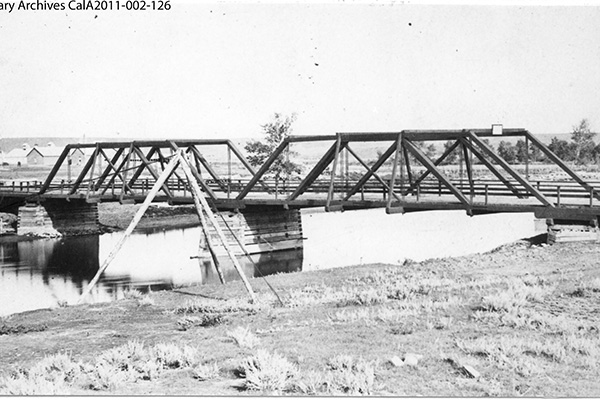
A new East Elbow Bridge, 1908
In the fall of 1897, Calgary's new East Elbow Bridge was complete. Located at 9th Avenue East, it was the city's first prefabricated steel bridge. The steel span for the superstructure was purchased from the Central Iron Bridge Works in Ontario. The superstructure rested on Douglas fir pile abutments set on concrete and stone piers.
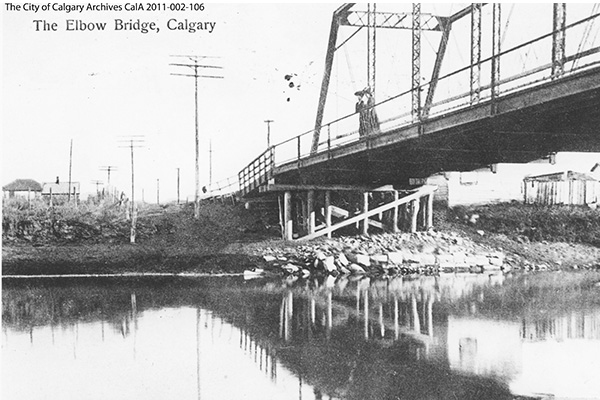
Ninth Avenue East Bridge, 1922
The new East Elbow Bridge would be wide enough to accommodate both streetcars and pedestrian traffic. Completed in 1909, for $30,000, the bridge would last for 110 years with regular maintenance and substructure upgrades. It's widely known today as the 9th Avenue Bridge.
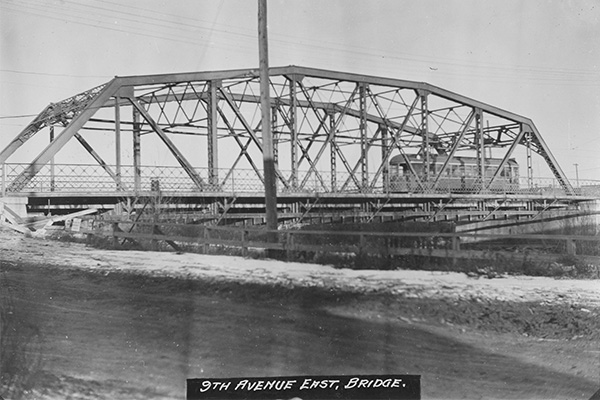
Bylaw 64, July 6, 1887
The problem with wooden bridges is that they require frequent maintenance and are vulnerable to the elements. The Town Council immediately passed Bylaw 64 to ensure that the new East Elbow Bridge would be well maintained, and J. W. Compton was hired as caretaker of the bridge. One of his duties was to enforce speed limits and control the volume of traffic on the bridge to avoid overloading.
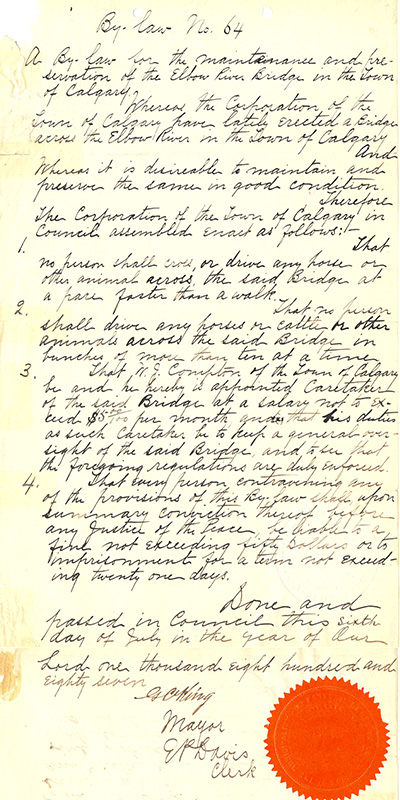
Ninth Avenue East Bridge blueprint, 1908
Various money bylaws were passed between 1904 and 1908 and plans were drawn-up for a new bridge to replace the East Elbow Bridge. The bridge would be a single span Parker Camelback design made of riveted steel resting on two concrete abutments.
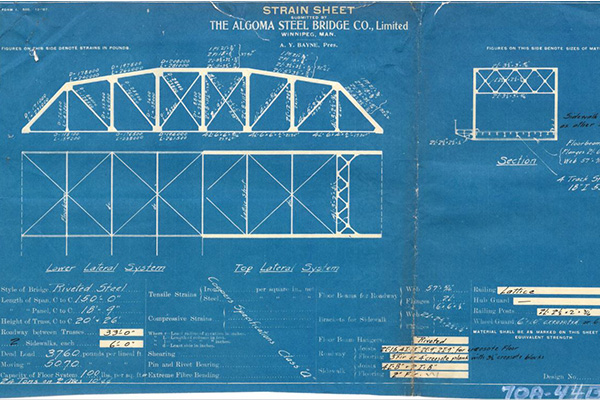
Reconciliation
Reconciliation
Langevin Bridge during flooding, June 19, 1897
IIn 1885, Sir Hector-Louise Langevin was petitioned to fund a bridge across the Bow River at the main ferry crossing. A wooden truss bridge located at the foot of Dewdney Street (4th Street SE) was open for traffic in February 1888. The bridge was at first called the Dominion or Government Bridge, and often the Dewdney Bridge. Later it was officially named after Langevin who secured funding for the bridge.
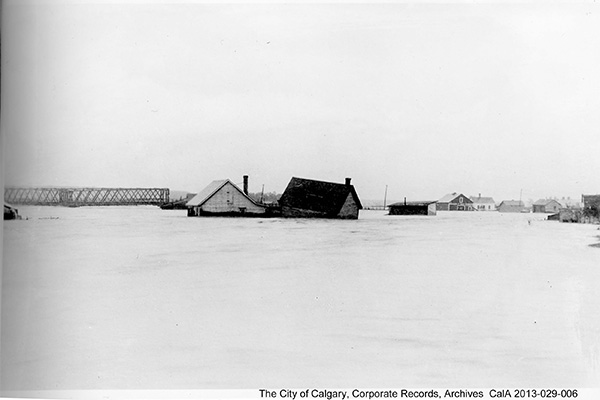
Langevin Bridge during the June 26, 1915, flood
A new steel bridge was complete in 1910. The City of Calgary contributed $30,000 for the bridge to be widened to accommodate streetcar traffic. The approach grades were raised at both ends to provide easier access for the streetcars.
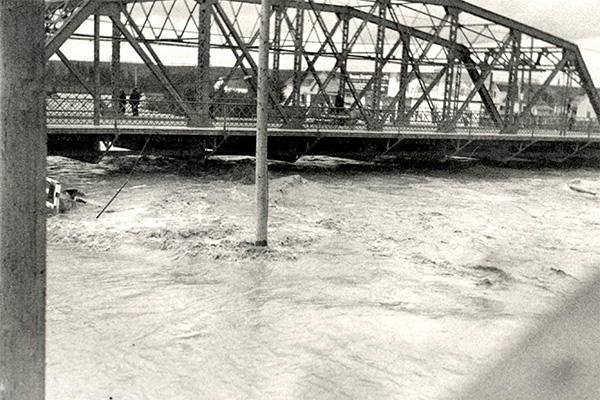
Langevin Bridge and the Fifth Avenue Flyover
The bridge approaches were altered again when the Langevin Bridge was converted into a one-way south bound traffic route. The concrete Fifth Avenue Flyover was constructed in 1972.
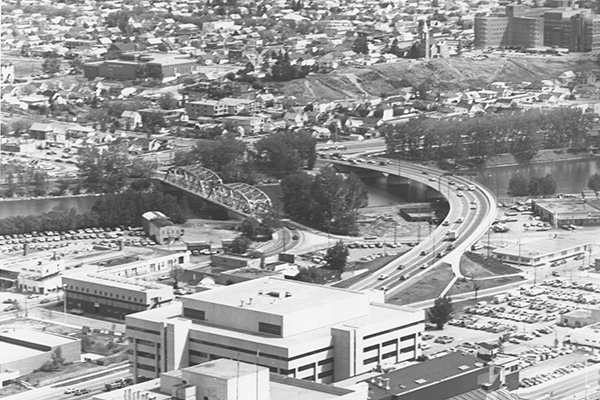
Riverside, 1902
In 1907, the settlement of Riverside, on the north side of the Langevin Bridge, approached The City for annexation. They also petitioned the Provincial Government to replace the old wooden bridge.
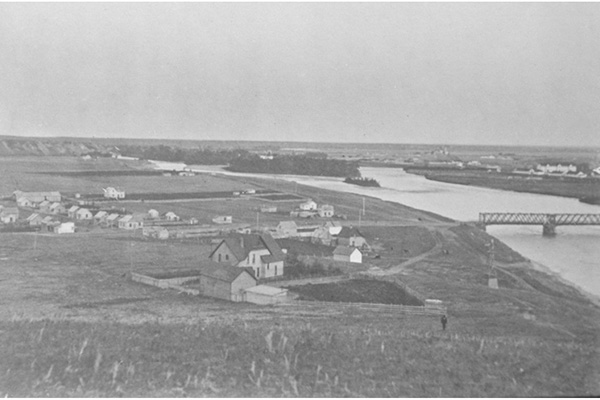
Langevin Bridge during the winter ice jam flooding, 1930
The bridge is one of four Parker Camelback through-truss bridges built in Calgary between 1905-1912. The bridge remained part of the main Calgary to Edmonton highway until the late 1960’s.
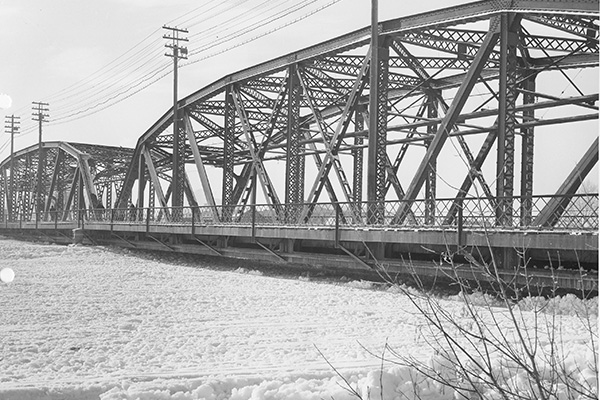
Reconciliation Bridge
In 2017, City Council passed a unanimous Notice of Motion to rename the Langevin Bridge to the 'Reconciliation Bridge'. This was in response to The City’s recognition for Truth and Reconciliation. Sir Hector-Louis Langevin was known for his controversial support of the residential school system.
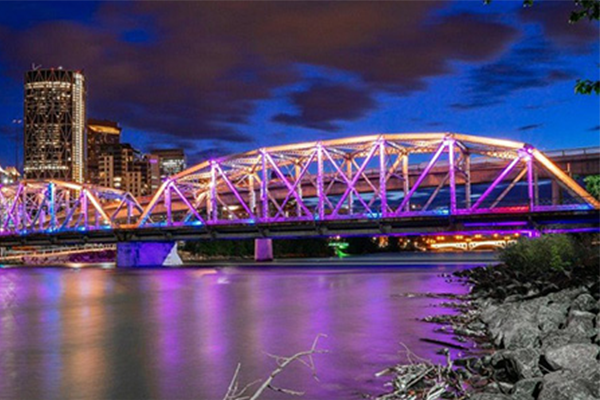
Mission Bridge
Mission Bridge
Mission Bridge ca. 1887
In 1875, the Oblate Fathers built a small Mission, near the present-day location of the Holy Cross Hospital. Found at 2nd Street and 22nd Avenue S.W. With Father Lacombe's initiative and funding from landowners, and both the Territorial and Dominion Governments, a plan was underway. In 1887, a wooden bridge across the Elbow River near the Mission was complete.

City engineer’s drawing of proposed Mission Bridge, 1914
In 1912 The City was looking to replace three of Calgary’s main bridges. The Mission Bridge was one of these, but the citizens were reluctant to foot the bill. Finally in 1914, Bylaw 1659, to construct a new concrete Mission Bridge was passed. Preparations for construction started in the fall with the moving of the old bridge west of the original site.

The new Mission Bridge, ca 1915
The Mission Bridge was the first reinforced concrete bridge in Calgary. It's the oldest concrete bridge still standing in Alberta.
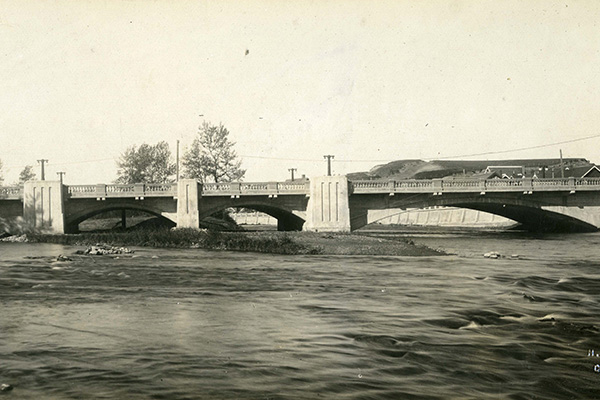
Mission Bridge in winter, 1910
Ten years later it was already time for a new bridge. It was recommended that a two-span steel bridge should be built on the existing piers. The City of Calgary prioritized replacing the East Elbow Bridge in 1897, instead of funding this project. It took some time— in the spring of 1901, the new steel Mission Bridge was complete. Andrew Martin of the Territorial Department of Public Works was the person to get it across the line.

Mission Bridge during the flood of June 26, 1915
Work was well underway on the new reinforced concrete-arch design bridge when the Elbow and Bow Rivers flooded on June 26, 1915. Progress on the bridge was delayed from high water conditions and the devastating drowning of a worker. Eventually, work resumed and the bridge was complete in August 1915.
The footings for the new bridge can be seen behind the old bridge.
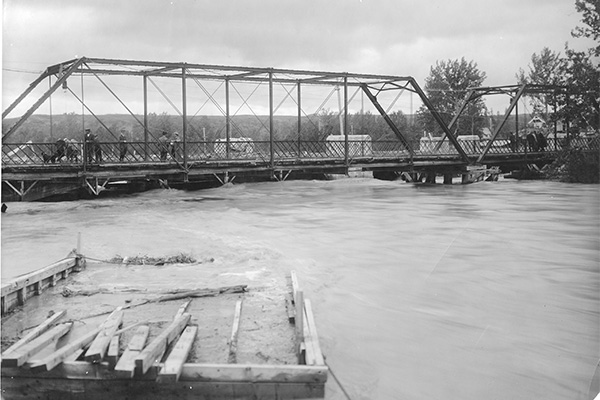
Hillhurst
Hillhurst
Bow Marsh Bridge and Eau Claire Lumber Company Weir, ca. 1901
Named after G. G. Marsh who petitioned for the bridge, the Bow Marsh Bridge was constructed of wood by Peter Prince in 1888. The costs were covered with grants from the Territorial Government and the Town of Calgary. Mr. Prince and the Province were responsible for the upkeep of the bridge until The City took over general maintenance in 1894. The same year, City Council instructed the Calgary Police to ticket anyone speeding, or going faster than a walk, over the bridge.
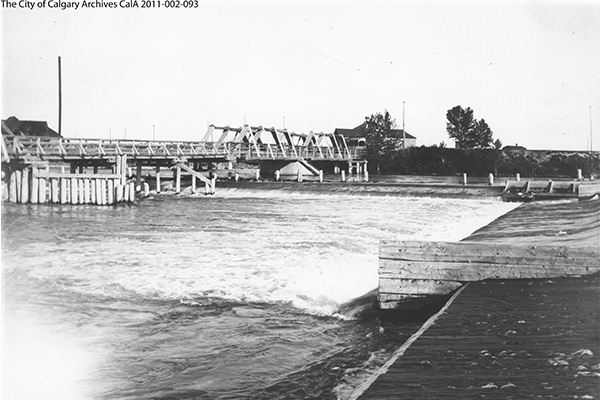
Louise Bridge during flooding June 26, 1915
A Bylaw was passed in 1914, to construct a new steel Louise Bridge at 9th Street West. The destruction caused by the June 1915 flood put a hold on many public works in Calgary. Construction had already started on the new Centre Street Bridge and the new Mission Bridge. The replacement and completion of these two bridges would take precedence over a new Louise Bridge.

Postcard of Louise Bridge, ca. 1922
Sometimes referred to in Council as the 9th Street West Bridge, the new Louise Bridge was built a block east of the old bridge. This steel bridge was still in use in 1921. A few years later, it was moved by the provincial government to span the Ghost River. The old bridge was retired in 1928 when the Ghost Dam was complete.

New steel Tenth Street Bridge, 1906
The Tenth Street Bridge was built in 1906, at the location of the old Bow Marsh Bridge. It was designed to carry streetcar and vehicular traffic. The new steel bridge was alternately known as the 10th Street Bridge and the Sunnyside Bridge. Later, it was unofficially named the Louise Bridge. This was after Louise Cushing the daughter of William Henry Cushing, the former Mayor of Calgary, and a prominent businessman.
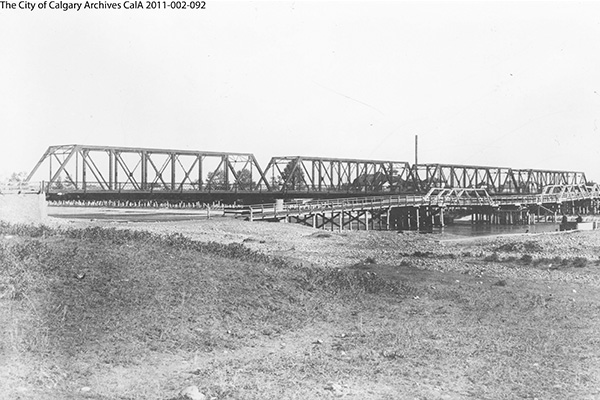
Louise Bridge, 1914
The old steel Louise Bridge was eventually replaced in 1920-1921 by the present-day five span reinforced concrete structure. The Hillhurst Bridge was the last of three concrete-arch design bridges built in Calgary, by The City, under the direction of the City Engineer, George W. Craig.
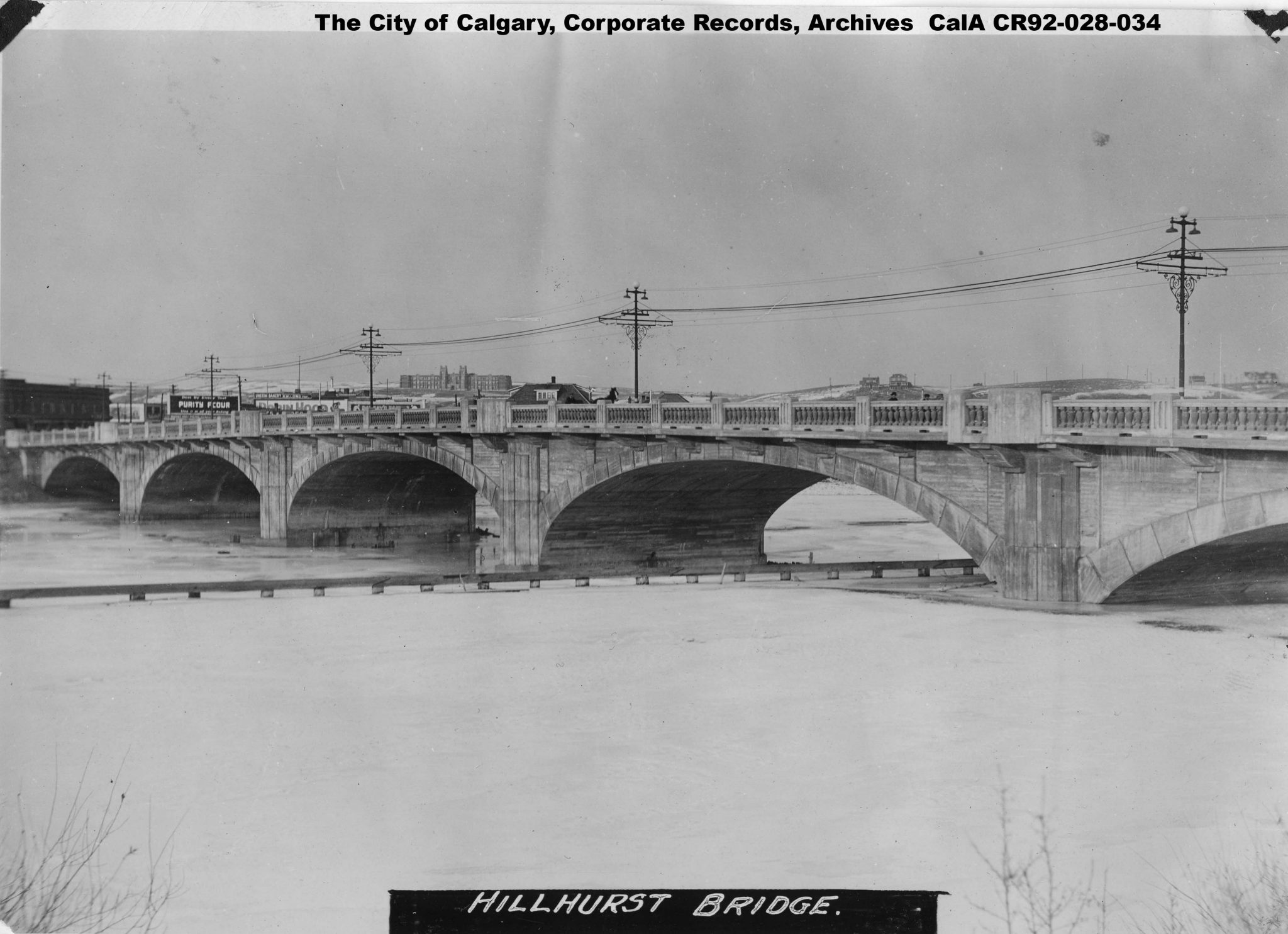
Centre Street
Centre Street
Centre Street Bridge, ca. 1914
In 1887, the Town Council of Calgary recommended building a bridge at the existing Fogg’s Ferry location. This would be most accessible for settlers north of the town. Other bridges took priority. It wasn’t until 1908, that a steel bridge was built by the Bow River Bridge Company.
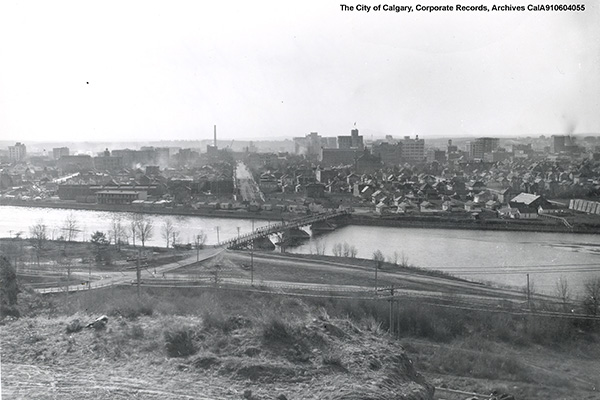
Centre Street Bridge under construction, 1915
In 1914, Bylaw 1658 was passed to construct a reinforced concrete bridge at Centre Street for $375,000.00. Initial work had begun for moving the old bridge, and the land was acquired from the Reilly and McArthur families. These plans included a high-level traffic bridge and a low-level pedestrian bridge were approved in May 1915.
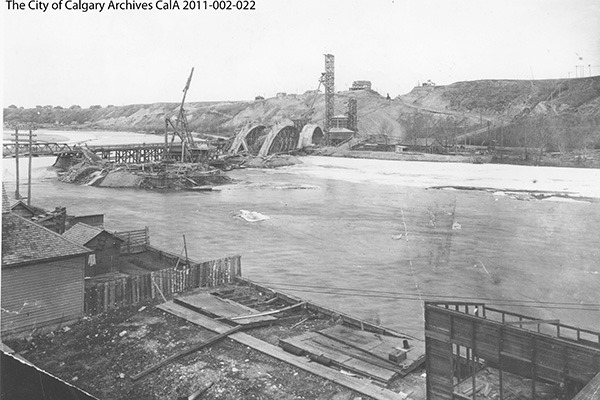
Centre Street bridge lower deck, ca 1916
Initially planned as a pedestrian bridge, the lower deck was converted to a traffic bridge halfway through construction. Part of the old steel bridge can still be seen at right.
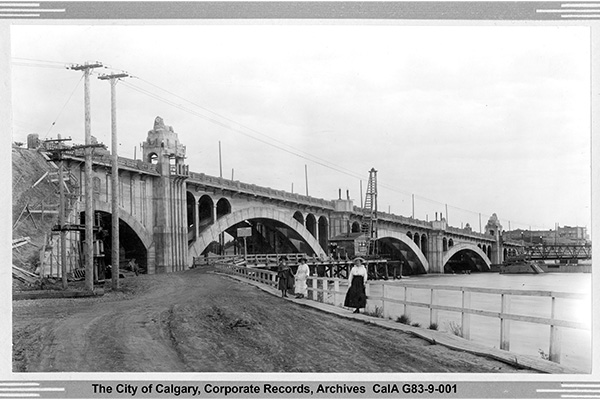
Centre Street Bridge during the June 26, 1915, flood
New construction plans had already begun, when the old bridge was partially swept away by flooding in June 1915. The north end of the bridge was repaired later that year.
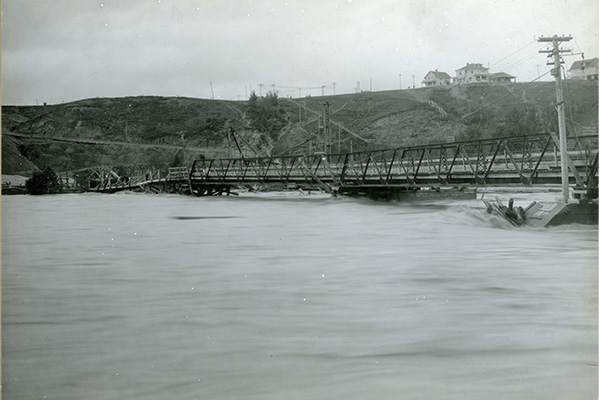
First car over the new Centre Street Bridge, December 18, 1916
Construction progressed slowly due to flooding in late June, which washed out part of the old Centre Street Bridge. The old bridge was quickly repaired, but it was even more evident that a new bridge was urgently needed. The project was further delayed, by a labour wage dispute, changes to the superstructure, and cost overruns. In October 1915, The City had to borrow more money to complete the bridge. In December 1916, the four-arch-spanned, highly ornamental, concrete bridge was finally open for vehicular traffic.
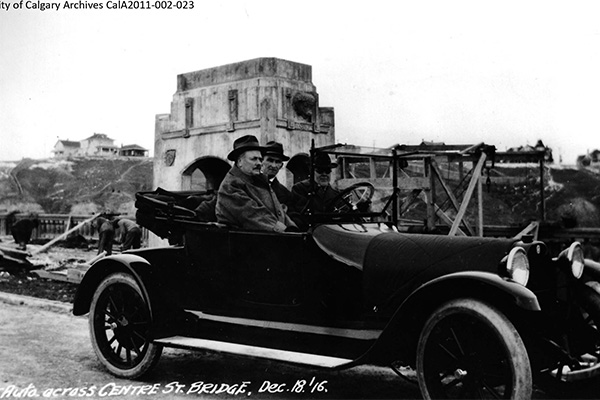
Centre Street Bridge lions, ca 1977
The Centre Street Bridge lions were carved by James L. Thompson. He was a stone carver in Scotland, before emigrating to Canada in 1910. By 1977, the lions were weakened from exposure to salt, moisture and fluctuating temperatures. They were repaired in 1984, but in 1999, the lions were removed to prepare for the bridge restoration project. The lions were too fragile to be reinstalled on the bridge. The lion in the best condition was revived and moulds were made to replicate the four original lions. The restored lion now resides outside the Municipal Building.
